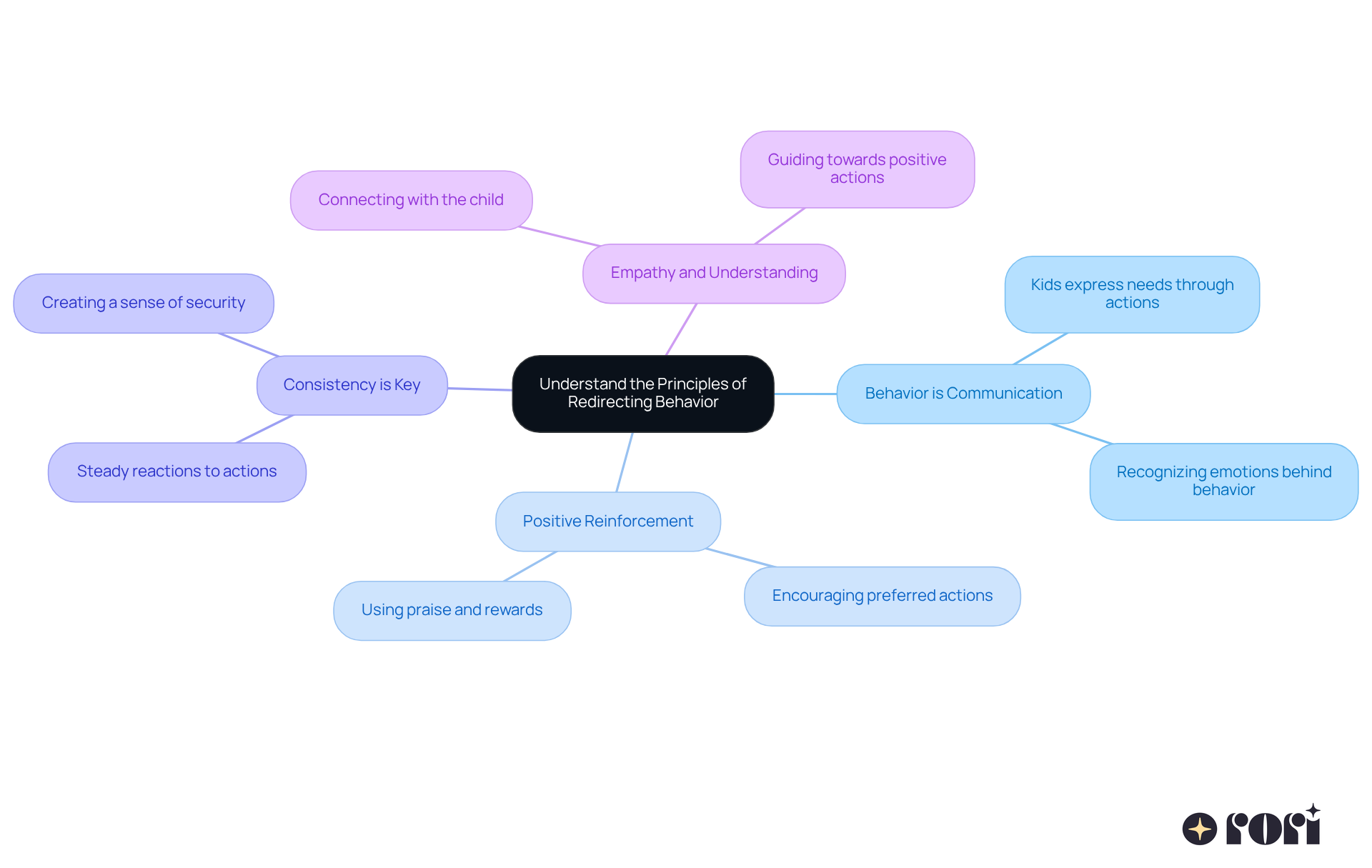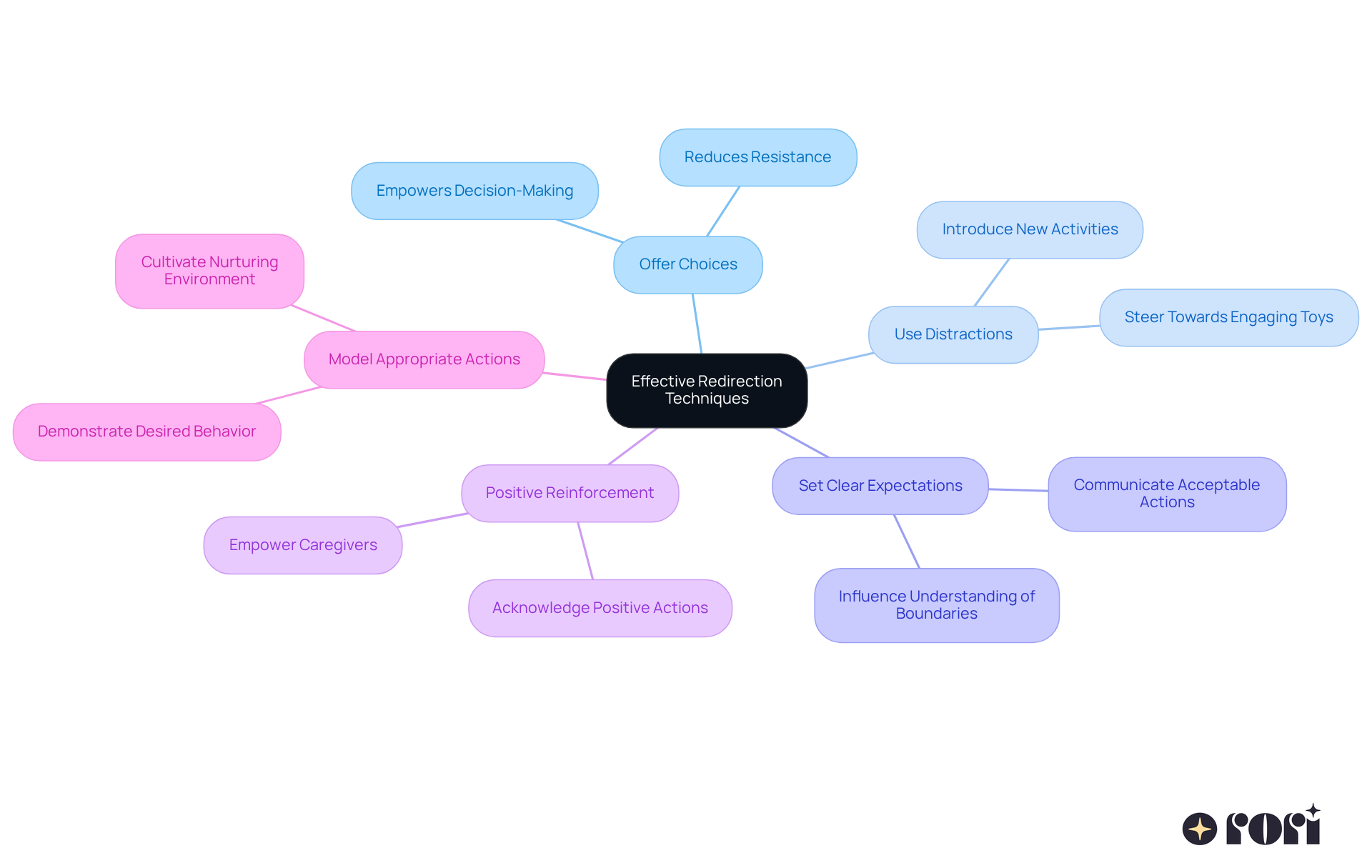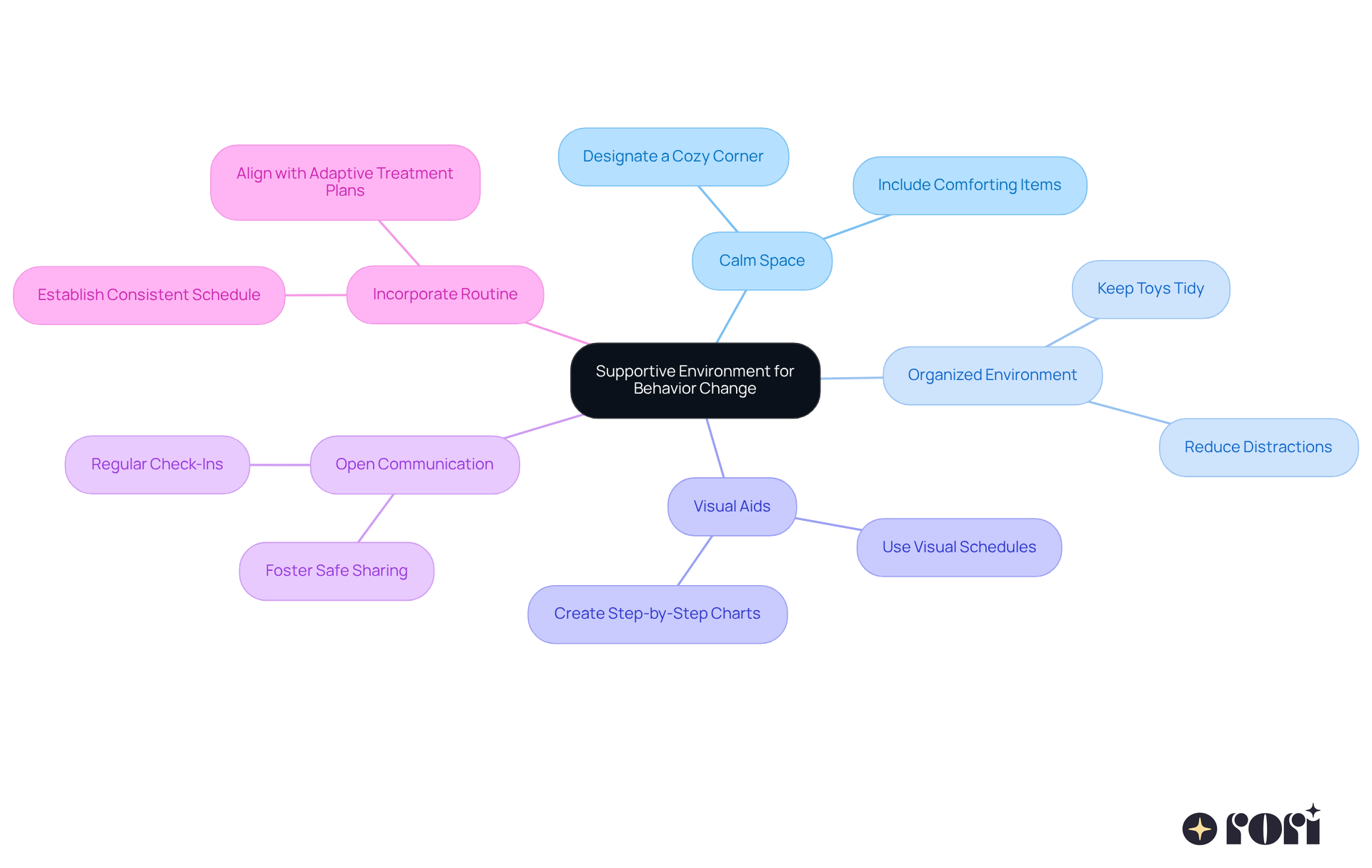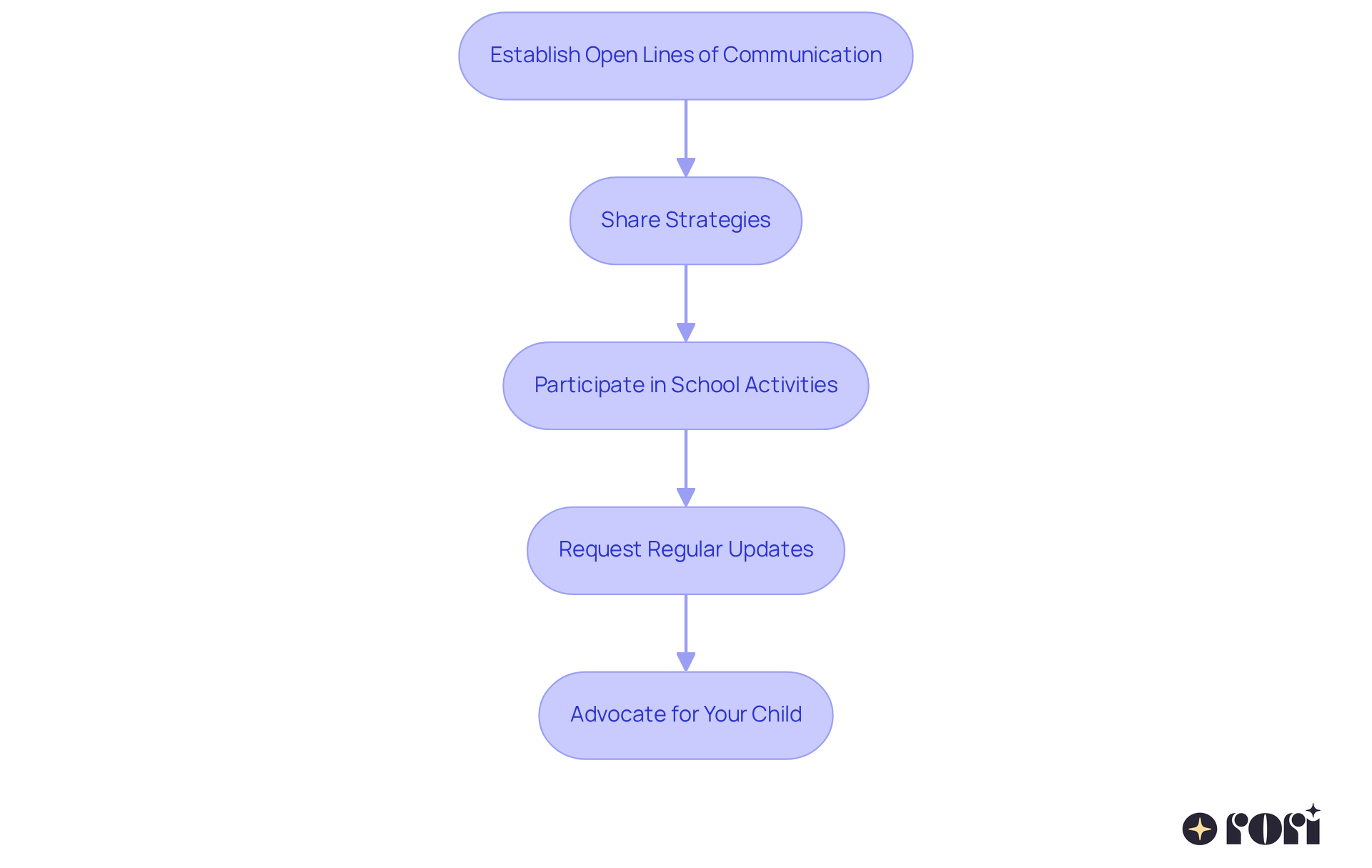This article dives into effective strategies for parents looking to redirect student behavior. It highlights key principles like:
By providing practical techniques—such as offering choices and setting clear expectations—it helps create a supportive environment that encourages positive behavior changes in children.
Let’s explore this together! By understanding these strategies, you can foster a nurturing atmosphere where your child feels understood and motivated. Remember, every small step counts when it comes to guiding behavior in a positive direction. We’re here to help you every step of the way!
Understanding and managing student behavior is such an important part of parenting, and it can really shape a child's development. By using effective strategies, parents can not only redirect negative behaviors but also encourage positive interactions that boost their child's emotional and social growth. Yet, figuring out the best techniques to use consistently can be quite the challenge.
So, what are the key principles that can help parents on this journey? And how can they create a supportive environment that encourages lasting behavior change? Let’s explore this together! 🌟
To successfully guide actions, caregivers first need to understand the principles behind them. Let’s break down some key concepts:
By understanding these principles, caregivers can create a supportive environment that aids in redirecting student behavior towards positive changes. Let’s explore this together!

Here are several effective redirection techniques parents can implement, supported by the principles of ABA therapy:
Offer Choices: Providing options can help young individuals feel more in control and reduce resistance. Instead of saying, 'Stop running,' try saying, 'Would you like to walk or hop?' This method allows kids to make decisions, boosting their involvement and fostering independence.
Use Distractions: Redirect attention by introducing a new activity or toy. If a young person is focused on a negative action, gently steer them towards something more captivating. This technique aligns with the adaptive strategies learned through support provider education, promoting effective behavioral assistance and reducing stress for both the child and the caregiver.
Set Clear Expectations: Clearly communicate what actions are acceptable. For example, 'We sit at the table during meals.' This clarity helps caregivers make informed choices that positively influence their child's understanding of boundaries, contributing to better family dynamics.
Positive Reinforcement: Acknowledge and reward positive actions immediately. If your child shares a toy, praise them by saying, 'Great job sharing!' This emphasizes the importance of caregiver participation in encouraging preferred actions, leading to better outcomes and empowering caregivers in their role.
Model Appropriate Actions: Exhibit the conduct you wish to see. If a child is struggling with sharing, show them how to share a toy with a sibling. By demonstrating these actions, caregivers can enable their children and cultivate a nurturing environment for growth.
By consistently using these methods, parents can effectively guide their children's actions, which involves redirecting student behavior and encouraging positive interactions. Plus, it helps improve their own skills and confidence through caregiver education. This approach not only supports the child's development but also fosters a more harmonious family environment. Let’s explore this together!

To create a supportive environment for behavior change, let’s explore some simple strategies together:
By applying these strategies, you can nurture an atmosphere that supports your child's behavioral growth, which is crucial for redirecting student behavior in conjunction with the empathetic Applied Behavior Analysis treatment provided at Rori Care. We’re here to help you every step of the way!

To collaborate effectively with educators, parents can take a few simple steps:
Establish Open Lines of Communication: Regularly touch base with educators about your child's progress and any behavioral concerns. You can do this through emails, phone calls, or even scheduled meetings. It’s all about keeping that connection strong!
Share strategies by discussing the redirection techniques that work at home and examining how educators can use similar strategies for redirecting student behavior in the classroom. Consistency really is key here, and it helps everyone stay on the same page.
Participate in School Activities: Get involved in school events and activities to build relationships with teachers and staff. This involvement can foster a sense of community and support, making everyone feel more connected.
Request Regular Updates: Don’t hesitate to ask for feedback on your child’s behavior and progress in school. This information can help you adjust strategies at home as needed, ensuring you’re both working towards the same goals.
Advocate for Your Child: If your child has specific needs, work closely with educators to make sure they receive the right support and resources. Your voice matters!
By collaborating with educators, parents can create a cohesive approach to redirecting student behavior that truly benefits their child’s development. Let’s explore this together!

Redirecting student behavior is so important for creating a positive and nurturing environment for our kids. By understanding the key principles of behavior—like communication, positive reinforcement, and empathy—parents can effectively guide their children toward more desirable actions. This comprehensive approach not only helps children manage their emotions but also equips parents with the tools they need to foster a supportive atmosphere for growth.
Some key strategies to consider include:
These methods contribute to a child's sense of control and help them understand boundaries. Plus, creating a calm space, organizing the environment, and encouraging open communication are essential for laying the groundwork that promotes positive behavior change. Working together with educators can also enhance this process, ensuring consistency between home and school, which is vital for effective behavior management.
Ultimately, the journey of redirecting student behavior is a collaborative effort that requires patience, understanding, and commitment. By implementing these strategies, parents can make a significant impact on their child's development and nurture a harmonious family dynamic. Embracing these techniques not only benefits children but also enriches the parent-child relationship, paving the way for a brighter future. Let’s explore this together and see how we can support each other on this journey!
What is the first step in guiding children's behavior?
The first step is for caregivers to understand the principles behind behavior, as this knowledge helps them respond appropriately.
How does behavior function as a form of communication?
Kids often act out to express needs or emotions they cannot articulate, so recognizing this aspect allows parents to respond in ways that truly address their child's needs.
What is positive reinforcement and why is it important?
Positive reinforcement involves encouraging preferred actions through praise or small rewards, which can motivate children to repeat those behaviors.
Why is consistency important in managing children's behavior?
Consistent reactions to actions help children understand what is expected of them, creating a sense of security.
How does empathy play a role in redirecting behavior?
Approaching behavior with empathy allows caregivers to connect with their child, making it easier to guide them toward positive actions.
What overall impact can understanding these principles have on children?
By understanding these principles, caregivers can create a supportive environment that aids in redirecting student behavior towards positive changes.